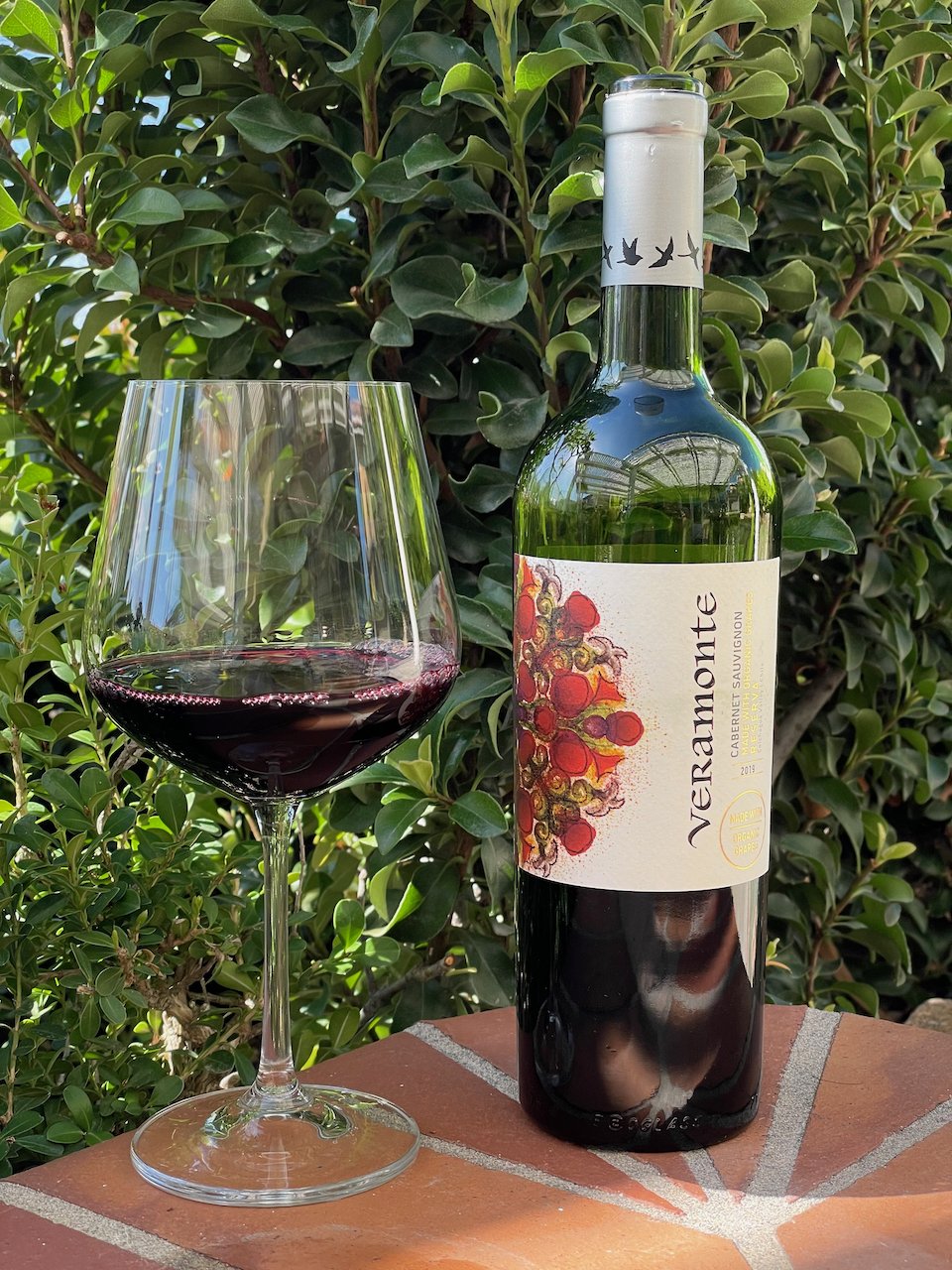Sherry is an often-misunderstood drink. A lot of people think of it as something used in cooking or something their grand-parents sipped on. But, Sherry is actually a wonderful beverage that’s enjoyed by many, especially Spaniards, who sip the good stuff like a fine Scotch.
True Sherry must come from the Andalucía region in southern Spain. But, many throughout the world try to imitate Sherry and label it as such.
Sherry starts out like a wine but the final product is quite different from a traditional wine. The primary grape used in making Sherry is Palomino - a white grape. Pedro Ximenéz and Moscatel grapes are also used. Like wine, the juice of the grape is fermented. But, after fermentation, the wine is fortified with grape spirits to 17% to 22 % ABV.
Dry Sherry ages under a cap of flor yeast, preventing the wine's contact with oxygen. These wines are usually crisp and refreshing. Other Sherries are aged in contact with air which gives them a nutty, rich flavor.
Some Sherry is then aged in a solera system, where vintages are blended together to ensure the consistency of the final product.
Sherry's flavor ranges from bone dry (very low residual sugar) to syrupy sweet:
Dry Sherry: Made predominately from the Palomino grape:
Fino & Manzanilla - Very light in flavor. Can have salty fruit flavors.
Amontillado - A bit bolder with nutty flavors.
Palo Cortado - This is much richer with roasted flavors of molasses and coffee.
Oloroso - This style is intentionally exposed to oxygen during aging resulting its dark appearance and nutty flavors.
Sweet Sherry: Made from Pedro Ximénez or Moscatel grapes:
Pedro Ximéniz (PX) - This is the sweetest style with flavors dates and figs.
Moscatel - This has sweet caramel flavors.
Sweet Sherry: A blend of Oloroso and PX Sherry.
And, it just so happens that International Sherry week is coming up November 8th through 14th, so look for this week’s Behind the Cork™ blog that will feature several really nice Sherry offerings. Cheers!




